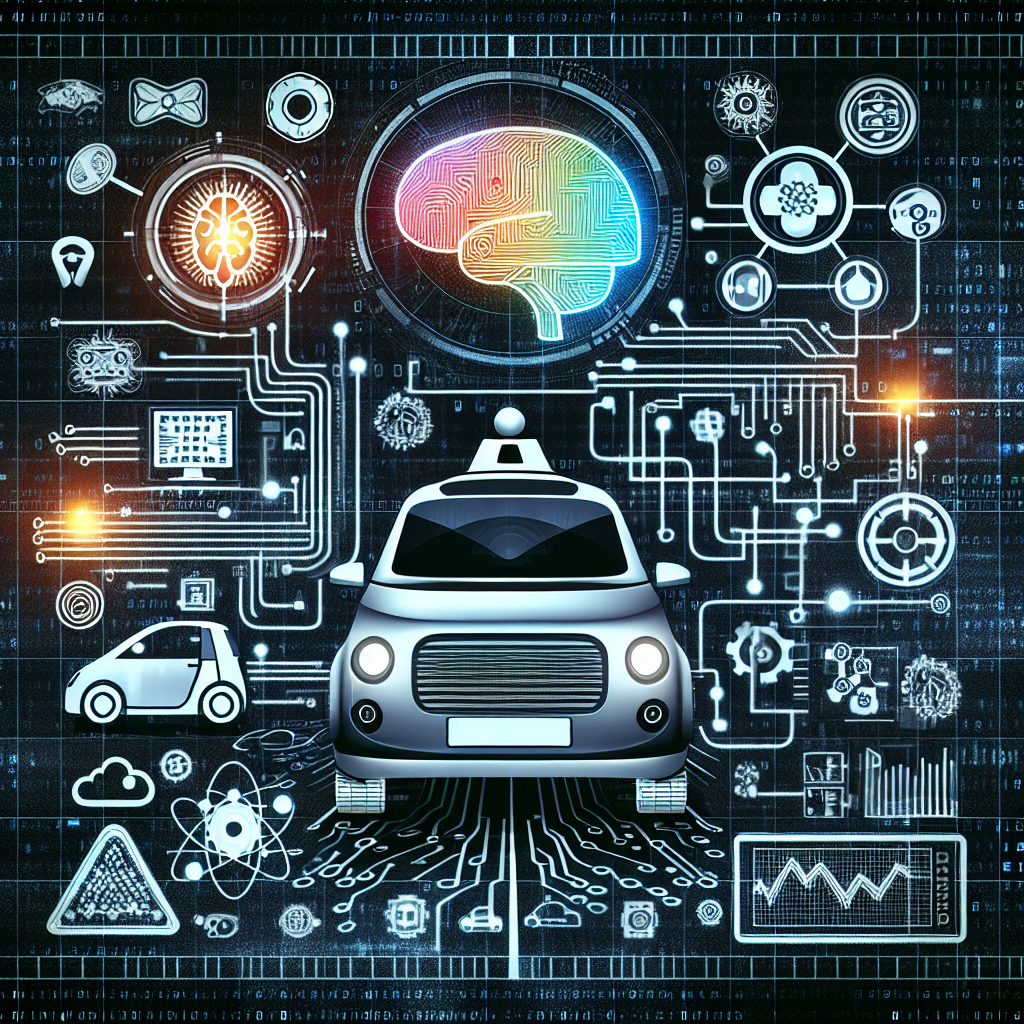With the advancement of technology, the automotive industry is rapidly evolving to incorporate artificial intelligence (AI) and machine learning (ML) in the development of autonomous vehicles. These technologies are revolutionizing the way we think about transportation and are expected to have a significant impact on our daily lives in the near future.
AI vs Machine Learning in Autonomous Vehicles
AI and machine learning are often used interchangeably, but they are actually two distinct technologies that work together to create autonomous vehicles. AI refers to the simulation of human intelligence in machines, allowing them to perform tasks that typically require human intelligence, such as visual perception, decision-making, and natural language understanding. Machine learning, on the other hand, is a subset of AI that involves the training of algorithms to recognize patterns and make predictions based on data.
In the context of autonomous vehicles, AI and machine learning play a crucial role in enabling the vehicle to perceive its environment, make decisions, and navigate safely. AI algorithms are used to process data from sensors such as cameras, lidar, and radar to identify objects, pedestrians, and other vehicles on the road. Machine learning algorithms are then used to analyze this data and make decisions in real-time, such as when to accelerate, brake, or change lanes.
One of the key challenges in developing autonomous vehicles is training the AI and machine learning algorithms to recognize complex and unpredictable situations on the road. For example, a self-driving car must be able to distinguish between a plastic bag blowing in the wind and a pedestrian crossing the street, and react accordingly. This requires the algorithms to be trained on a diverse range of real-world scenarios to ensure that they can make accurate decisions in any situation.
The Role of AI and Machine Learning in Autonomous Vehicles
AI and machine learning are at the core of autonomous vehicles, enabling them to navigate safely and efficiently on the road. Here are some key roles that AI and machine learning play in autonomous vehicles:
1. Perception: AI algorithms process data from sensors to perceive the vehicle’s environment, including identifying objects, pedestrians, and other vehicles on the road.
2. Decision-making: Machine learning algorithms analyze the data collected by the AI algorithms and make decisions in real-time, such as when to accelerate, brake, or change lanes.
3. Navigation: AI and machine learning algorithms work together to plan the vehicle’s route and navigate it safely to its destination, taking into account traffic conditions, road signs, and other obstacles.
4. Predictive maintenance: AI algorithms can monitor the vehicle’s systems in real-time and predict when maintenance is needed, helping to prevent breakdowns and ensure the vehicle operates smoothly.
5. Enhanced safety: AI and machine learning algorithms are constantly learning and improving, making autonomous vehicles safer and more reliable over time.
FAQs
Q: How do autonomous vehicles use AI and machine learning to navigate?
A: Autonomous vehicles use AI algorithms to process data from sensors and perceive their environment, while machine learning algorithms analyze this data and make decisions in real-time to navigate the vehicle safely.
Q: How do autonomous vehicles handle unpredictable situations on the road?
A: Autonomous vehicles are trained on a diverse range of real-world scenarios using AI and machine learning algorithms to ensure they can make accurate decisions in any situation, such as distinguishing between a plastic bag blowing in the wind and a pedestrian crossing the street.
Q: Are autonomous vehicles safe?
A: Autonomous vehicles are designed to be safer than human-driven vehicles, as they do not get distracted or make errors due to fatigue. AI and machine learning algorithms continuously learn and improve, making autonomous vehicles safer and more reliable over time.
Q: What are the main challenges in developing autonomous vehicles?
A: One of the main challenges in developing autonomous vehicles is training the AI and machine learning algorithms to recognize complex and unpredictable situations on the road. This requires the algorithms to be trained on a diverse range of real-world scenarios to ensure they can make accurate decisions in any situation.

